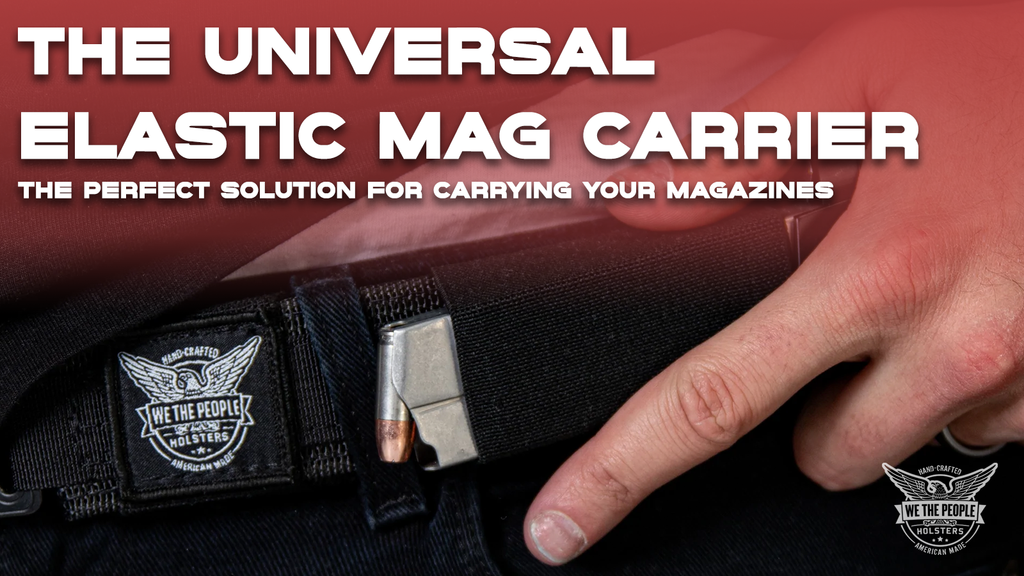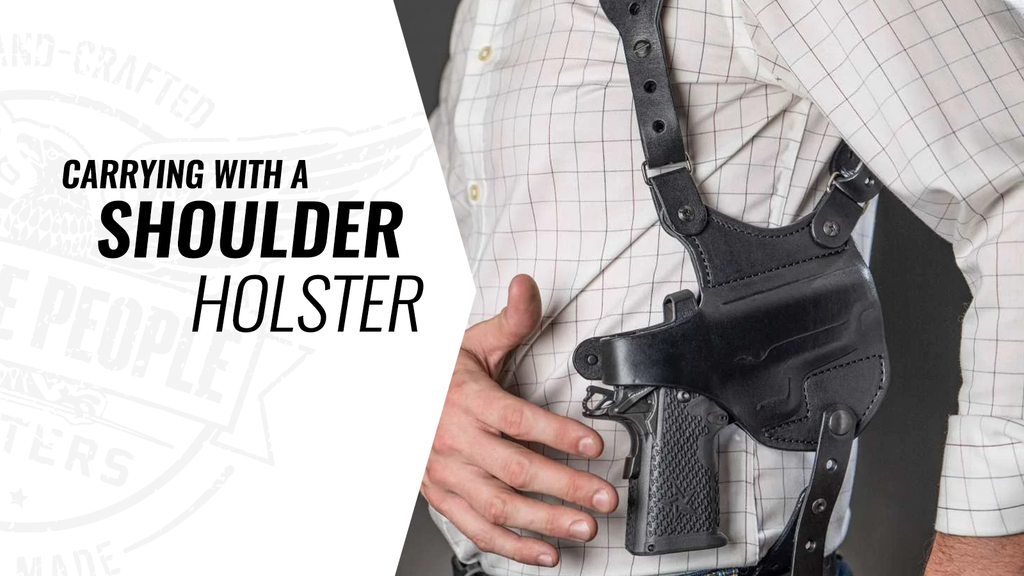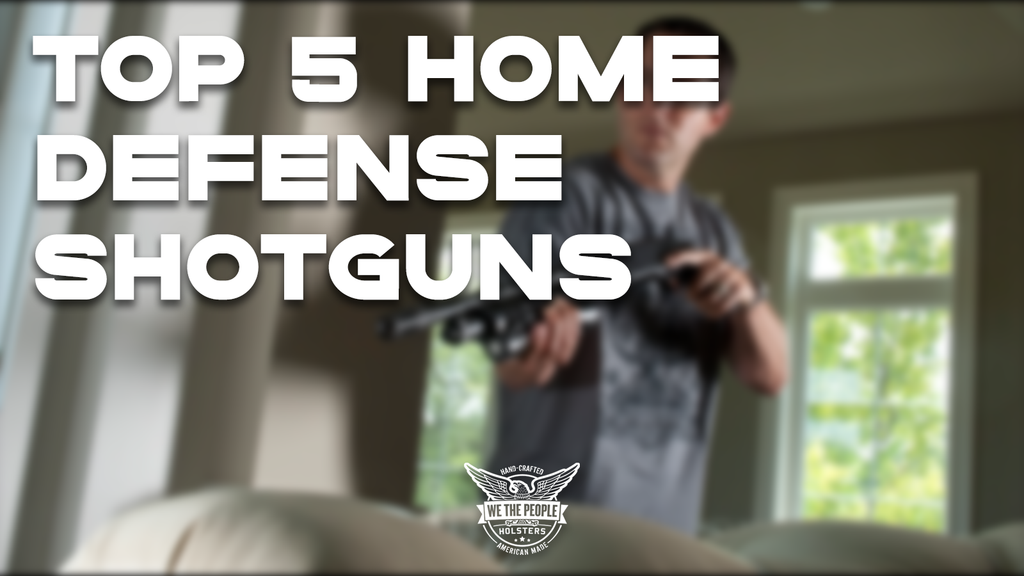In small of back (SOB) carry, you place the handgun on or beside your lumbar vertebrae in the 6-o’clock position. Small of back carry is the inverse of appendix carry, which puts the weapon at or beside 12 o’clock (navel or belt buckle).
SOB Carry Benefits and Drawbacks
Small of back carry has several benefits and drawbacks worth evaluating before using this carry technique.
Benefits
The benefits of small of the back carry include concealability and comfort when on the move. It may also be more comfortable for certain body types.
Concealability
The main advantage of SOB carry is that, as with appendix carry, it can be more concealable than other methods, particularly when you’re standing. The small of the back is a hollow created by the spine as it curves inward at the waist. A jacket or shirt draped over this area can hide a compact or full-size firearm effectively, depending on the holster design and draw angle you select.
Comfort when moving or for specific body types
Small of back carry can be comfortable when standing, walking, or running. If you have wide hips or a pronounced waistline, you may find this method conflicts less with your anatomy. In addition, SOB carry may cause less discomfort for those recovering from injuries to the hips or abdomen, as it distributes the weight on the gun belt in the rear.
Disadvantages
SOB carry has several disadvantages when compared with other waistband positions. If you’re interested in carrying SOB, you need to be aware of these problems.
Access and speed
As your holster is behind you, access to your firearm is more limited. The distance your strong hand has to travel to achieve a full firing grip increases relative to the other three standard waistband positions: Appendix, strong side, and cross draw. When you draw your weapon, your arm is in a chicken-wing-like position, which increases your vulnerability.
Additionally, if you wear your gun under a shirt or jacket, you can’t lift your covering garment as high with your support hand as you can from the front. As a result, this method is one of the slowest draw strokes of any waistband position.
It’s also harder to draw from this position while seated. If you find yourself on your back, reaching for your gun may not be possible.
Comfort and safety
Small of back carry is controversial among gun owners because it places the holster and the handgun against your lumbar spine — the five vertebrae between your ribcage and pelvis. If you fall on your back during an assault or an assailant forces you against a hard surface, such as a wall or car door, you could suffer a severe and disabling blunt force injury.
There are also specific safety challenges regarding the draw stroke that you need to consider.
Reholstering
Reholstering requires practice in any position, but small of the back carry poses a unique challenge because you can’t see the holster. Confirming that your holster is open and free from obstructions is critical to safe reholstering.
As you’re inserting the firearm blind, you will need to familiarize yourself with the holster design you’re using and create sufficient clearance between the covering garment and your weapon. Keeping your finger perfectly straight alongside the frame or slide, placing your thumb on the hammer or a striker control device can add an extra layer of safety.
Small of Back Carry Tips
If you want to practice small of the back carry, you can follow a few tips to improve comfort and accessibility.
Grip angle — palm in and palm out
There are two ways to angle the grip of your handgun in small of the back carry: Palm in and palm out. In the palm-in method, the butt of the weapon points toward your non-dominant hip, and the palm of your hand will face toward the gun and your body.
In palm-out SOB carry, the butt of the gun points toward your dominant or strong-side hip, and the palm of your dominant hand faces outward during the draw stroke. To perform a palm-out draw, you’ll slip your fingers between your back and the pistol to acquire a firing grip and extract the weapon from the holster.
Palm-in is preferable because the draw stroke is similar to strong-side carry. The palm-out method is comparatively awkward to perform, can be uncomfortable, and doesn’t allow you to gain as firm a grip on the weapon.
Furthermore, there is an added safety concern regarding palm-out carry — you’re more likely to sweep your body as you draw.
Choose the holster orientation that corresponds to your dominant hand for palm-in carry. If you’re right-handed, for example, select a right-handed holster.
Consider leather for comfort
If you carry in an SOB holster, consider a full-grain leather holster, such as our Independence line. Leather is softer and more compressible than Kydex, so it may help to dampen the impact if you fall.
It’s also more comfortable to have a leather holster shell pressed against your lumbar spine than thermoplastic, especially when seated for prolonged periods. However, Kydex is waterproof and won’t become soft from regular use, providing a rigid mouth that remains open for safer reholstering.
Maximize concealment with IWB
To effectively conceal your weapon in SOB carry, consider wearing your gun in an inside-the-waistband (IWB) holster. This method hides the gun between your waistband and your body and holds it close to your back, preventing the weapon from canting outward and printing through your covering garment.
Choose an adjustable holster
Because of the gun placement in small of the back carry, you’re unable to exert as much upward force with your strong hand during the draw stroke. For that reason, if the holster grips the weapon too firmly, you’ll have an even harder time retrieving your gun in an emergency. By selecting a holster that allows you to adjust the retention, you can find the best balance for SOB carry.
At the same time, the placement of the holster in SOB carry requires adjustment of the cant or draw angle and ride height to ensure you’re able to draw as comfortably and efficiently as possible.
The Best Kydex and Leather Holsters
At We The People Holsters, our products allow you to carry your self-defense firearm in a wide variety of positions, including in the small of your back. Due to the risk of injury, awkward draw stroke, and lack of visual confirmation of a safe reholster, we recommend appendix or strong side carry over SOB.
However, if you’re interested in carrying in this way, you should understand the hazards and train accordingly. Part of that includes range practice and the draw stroke.





